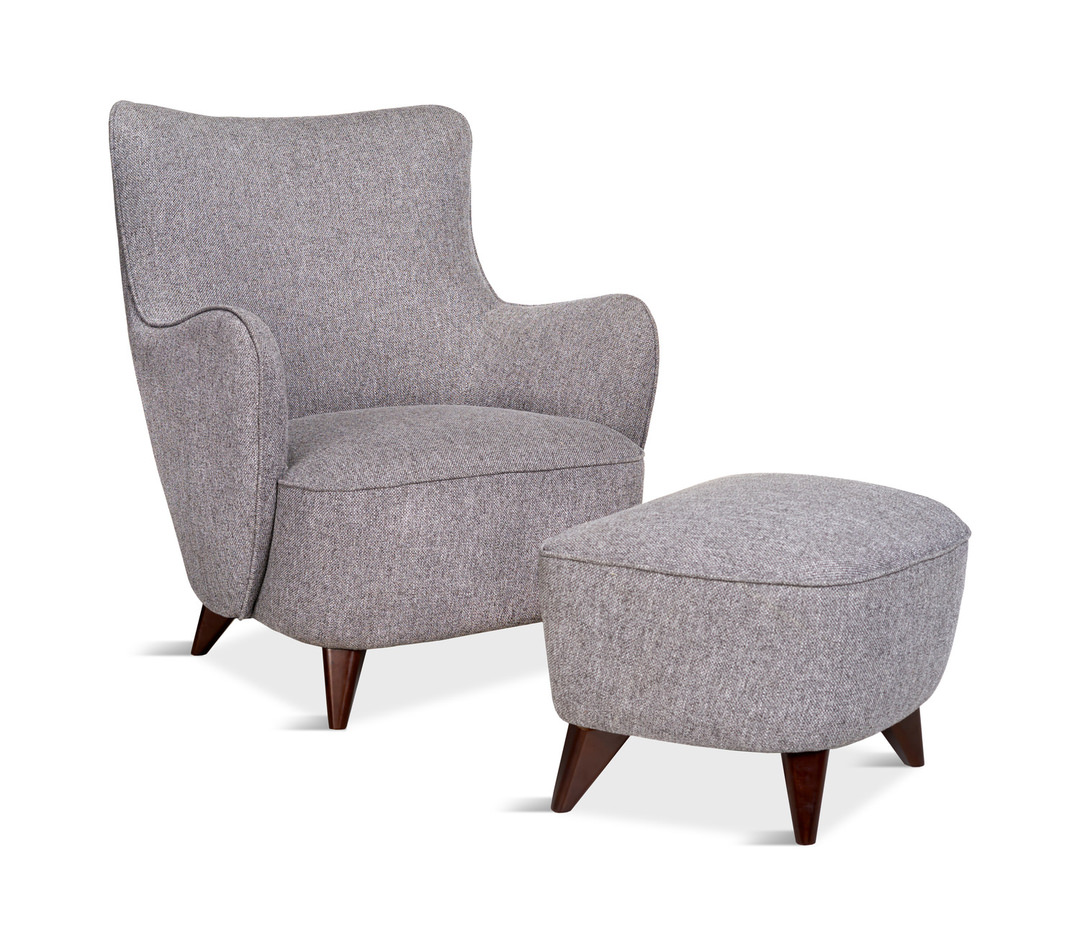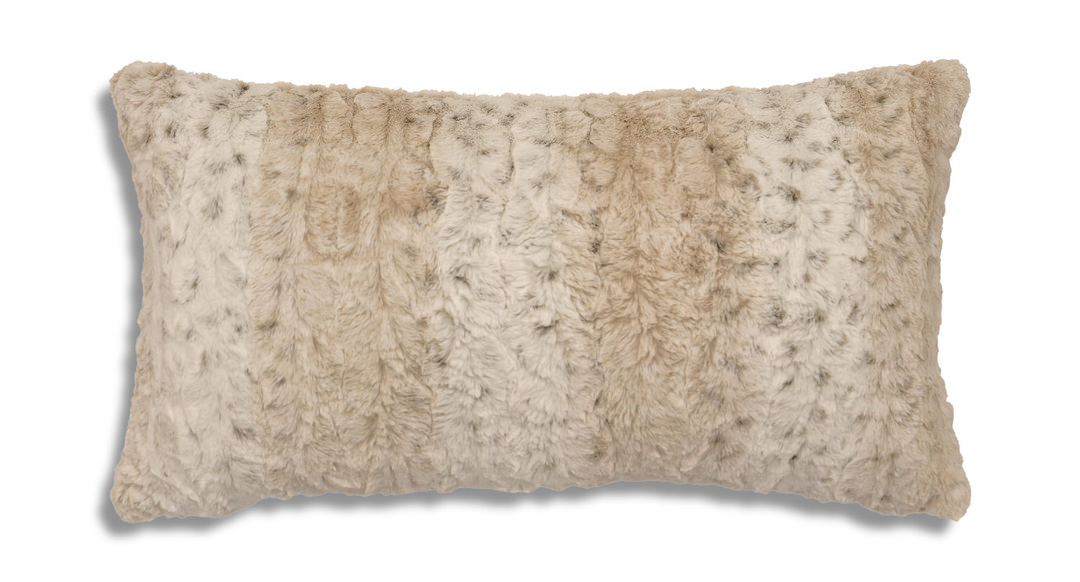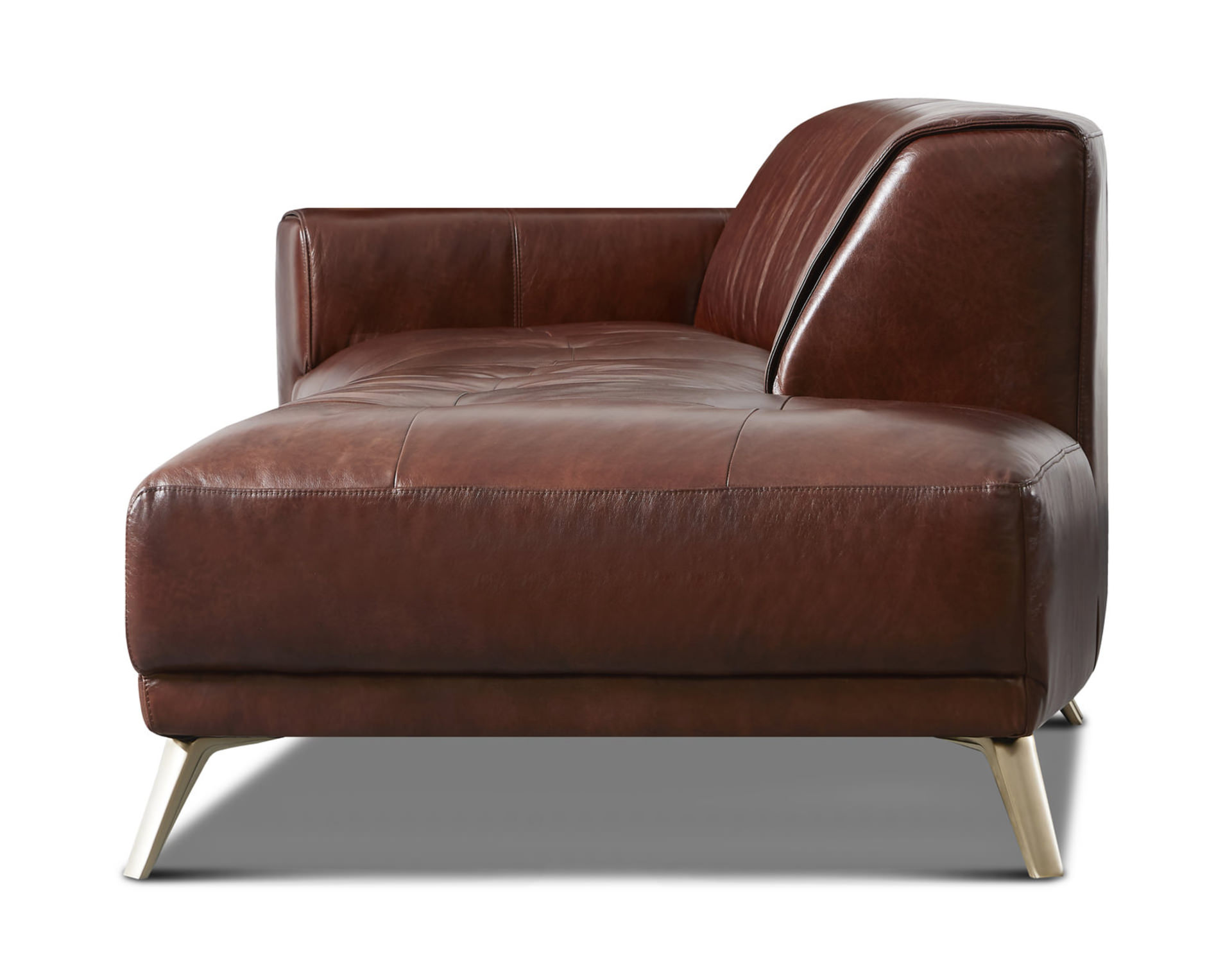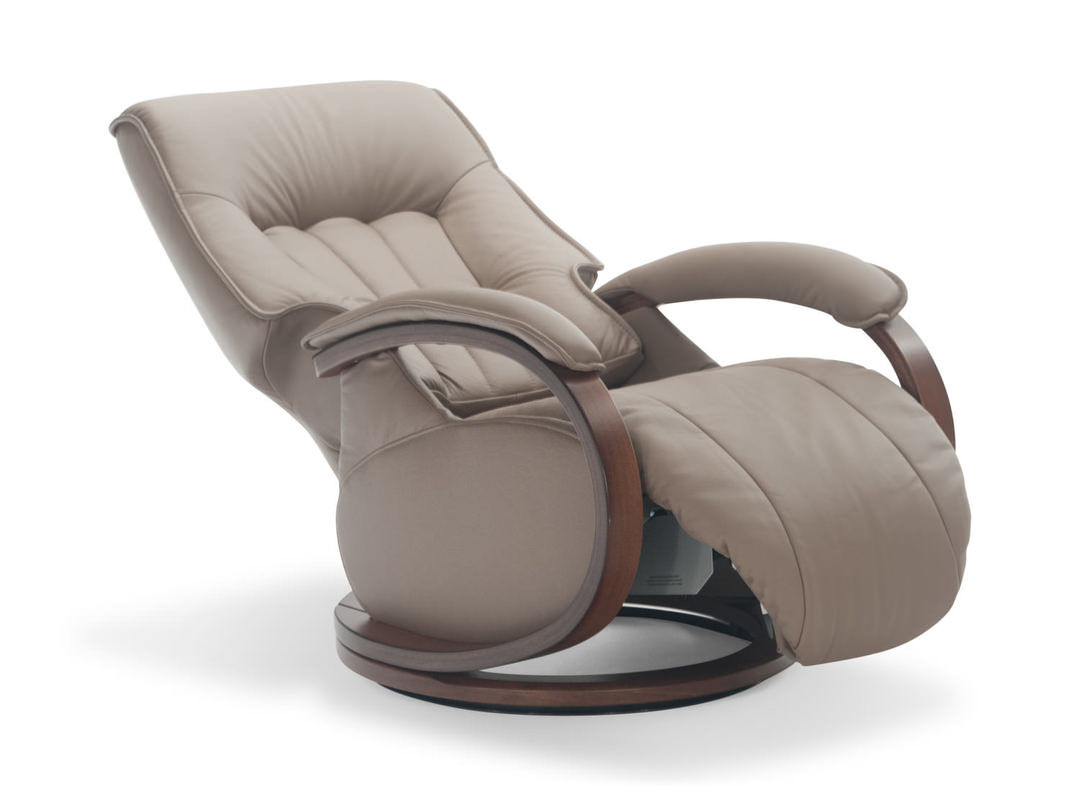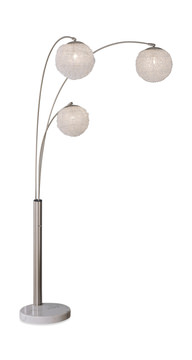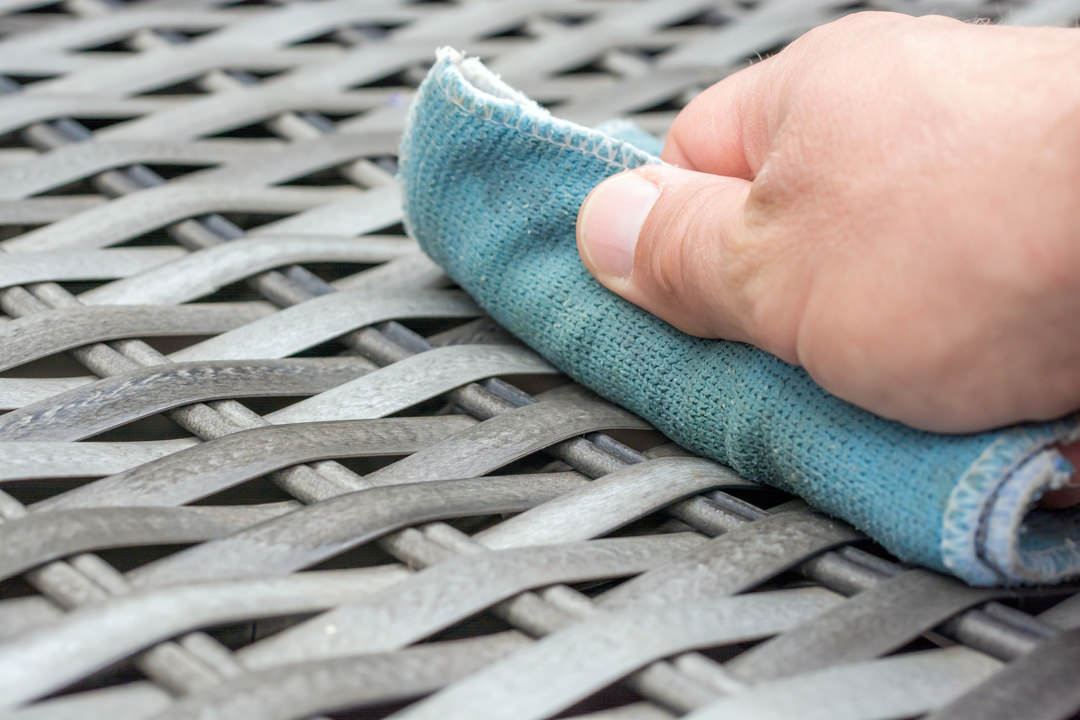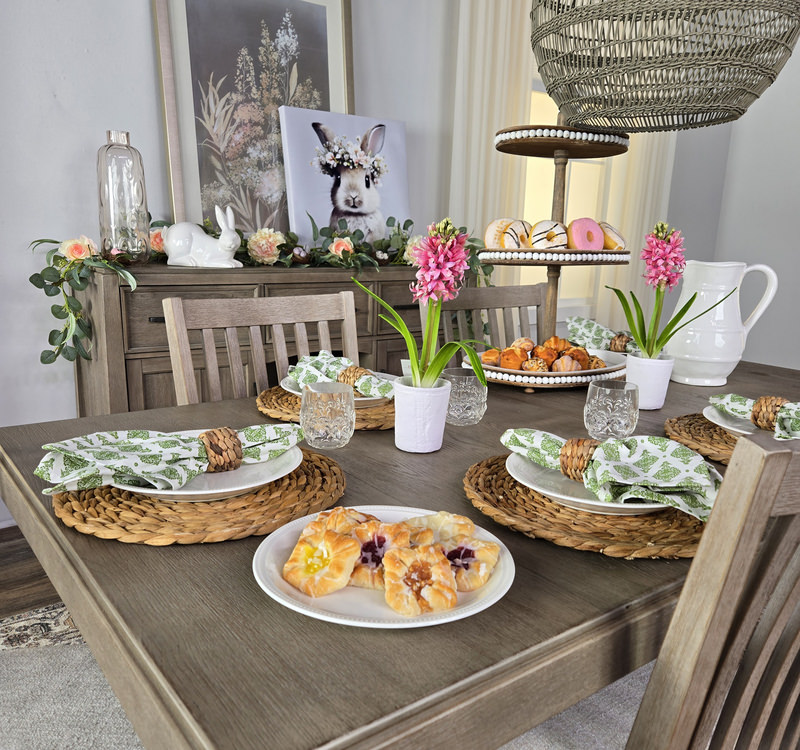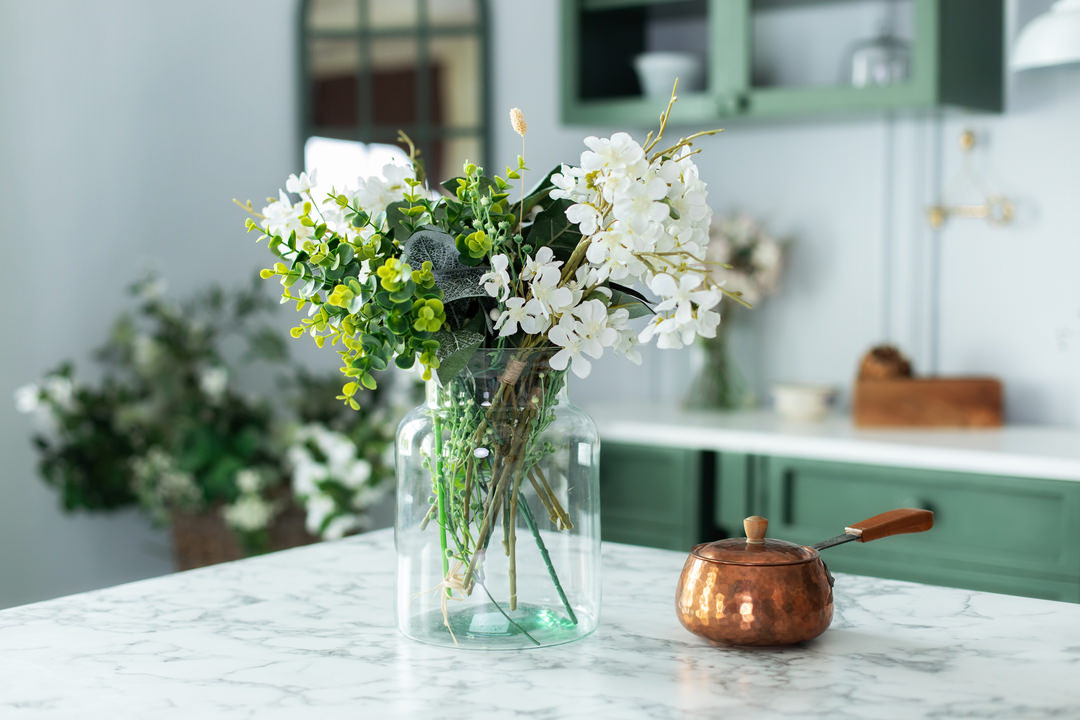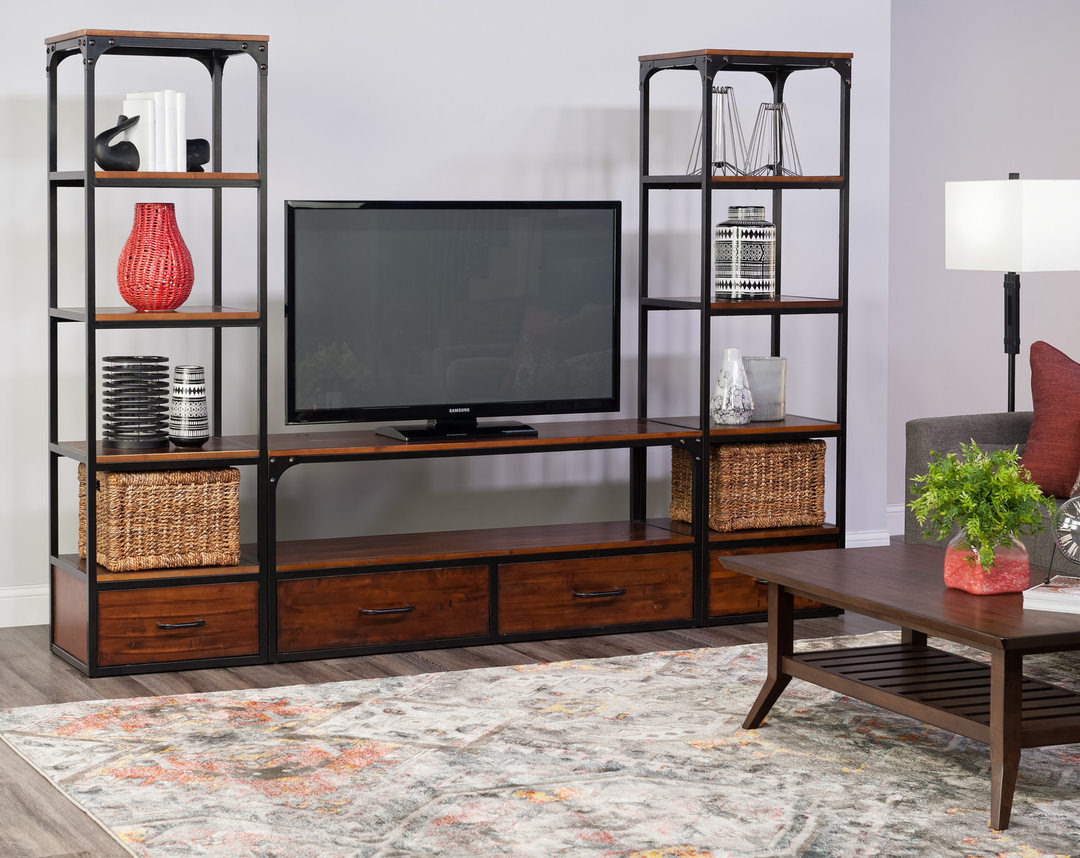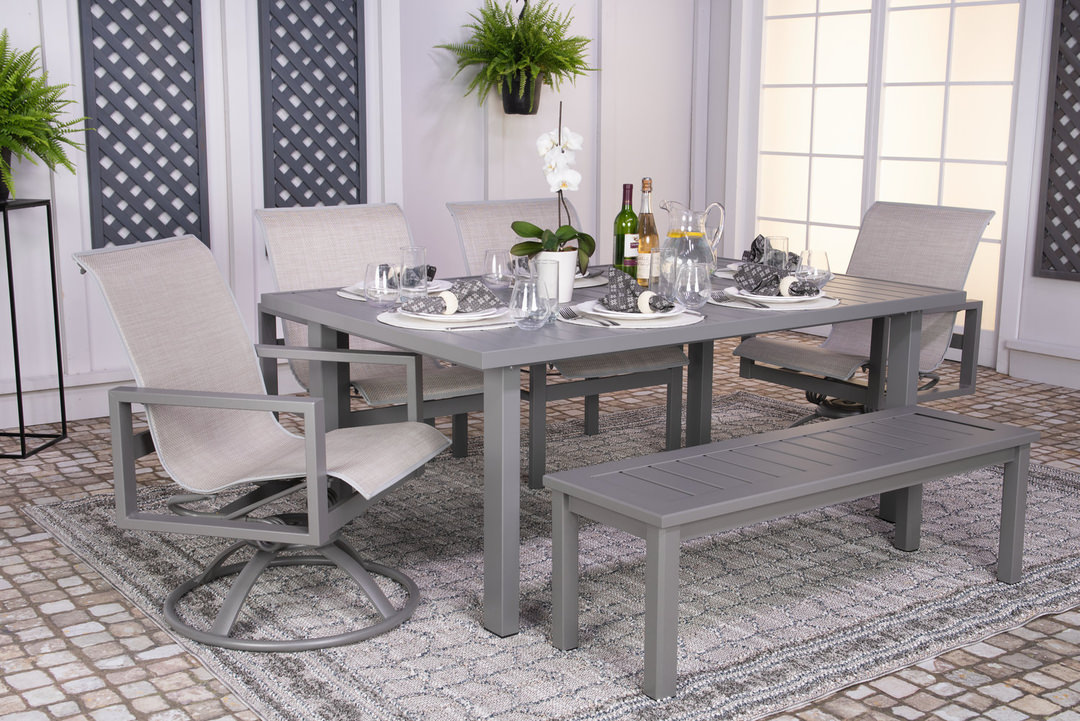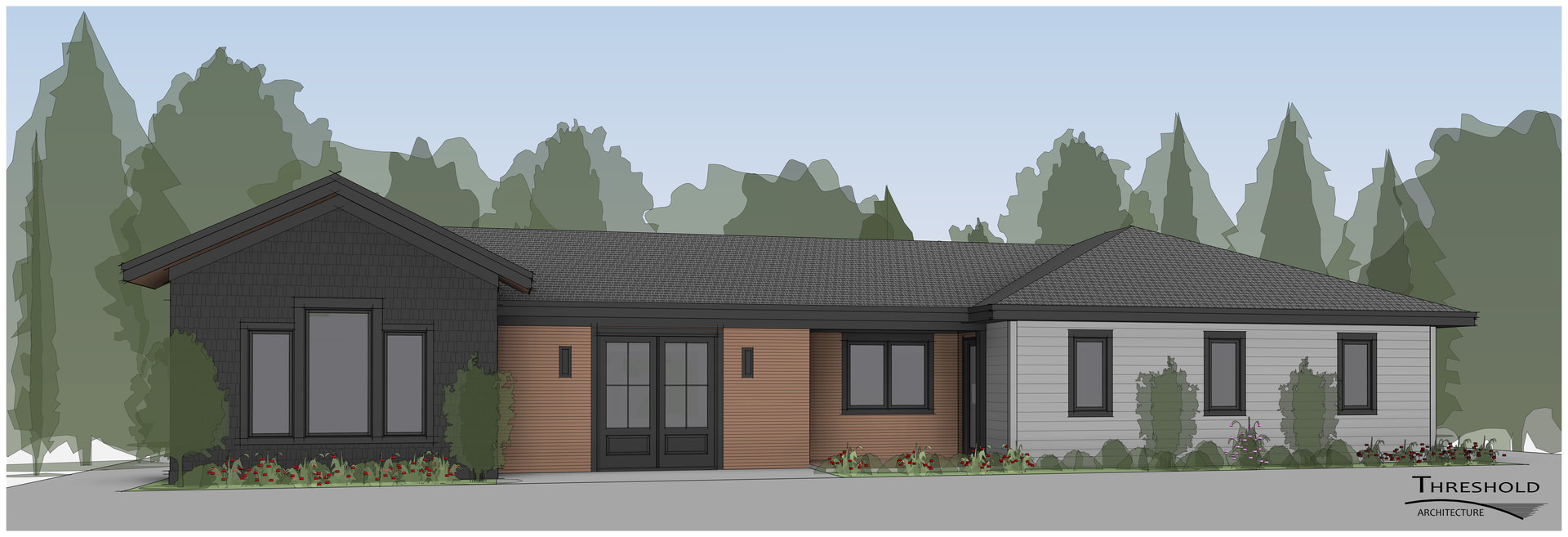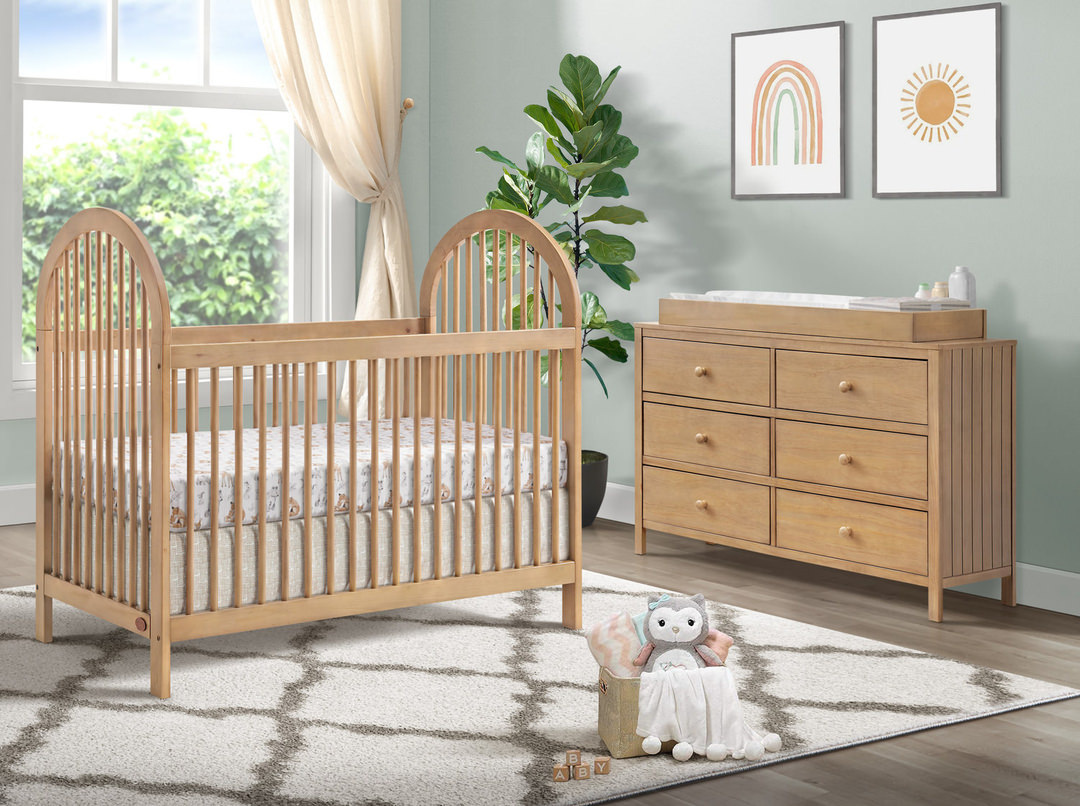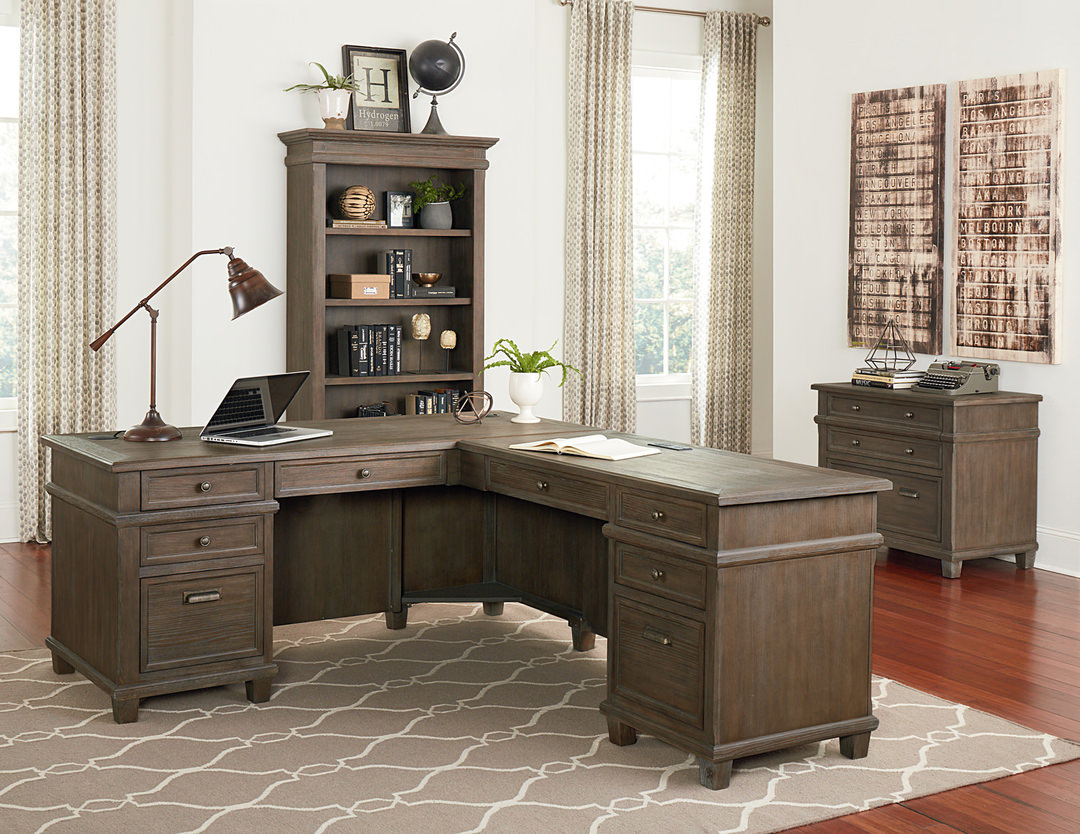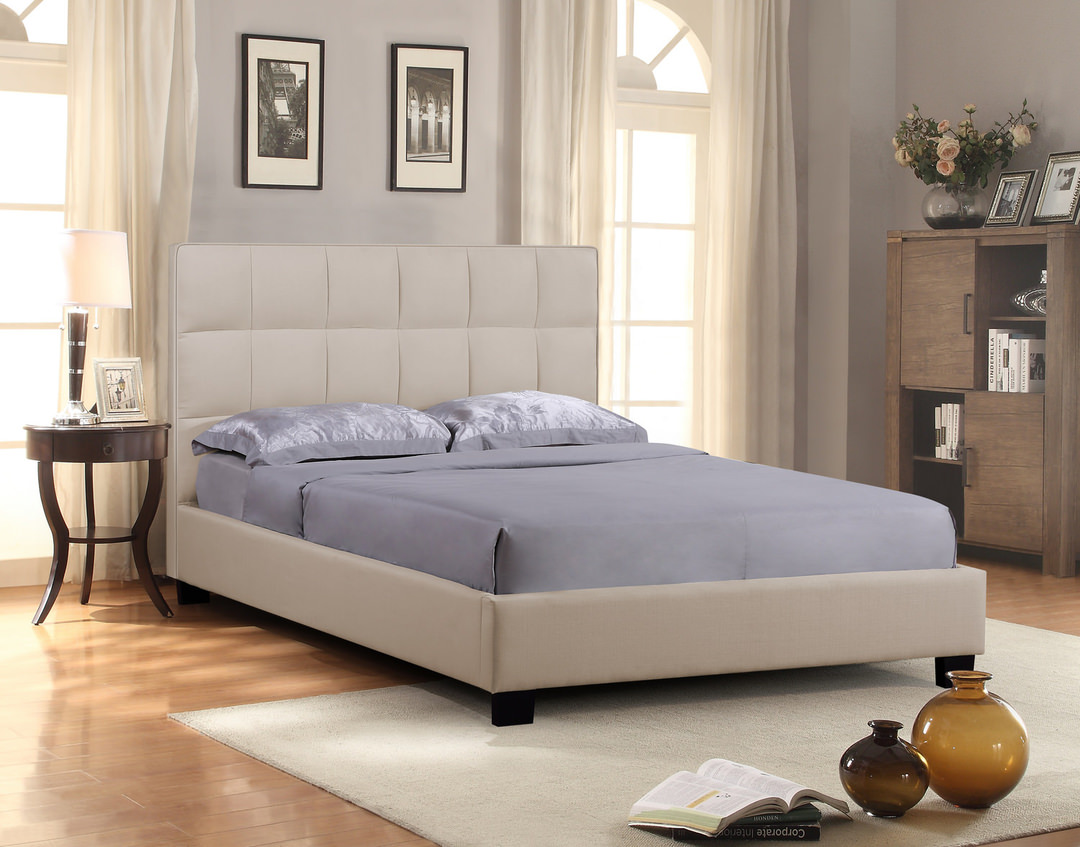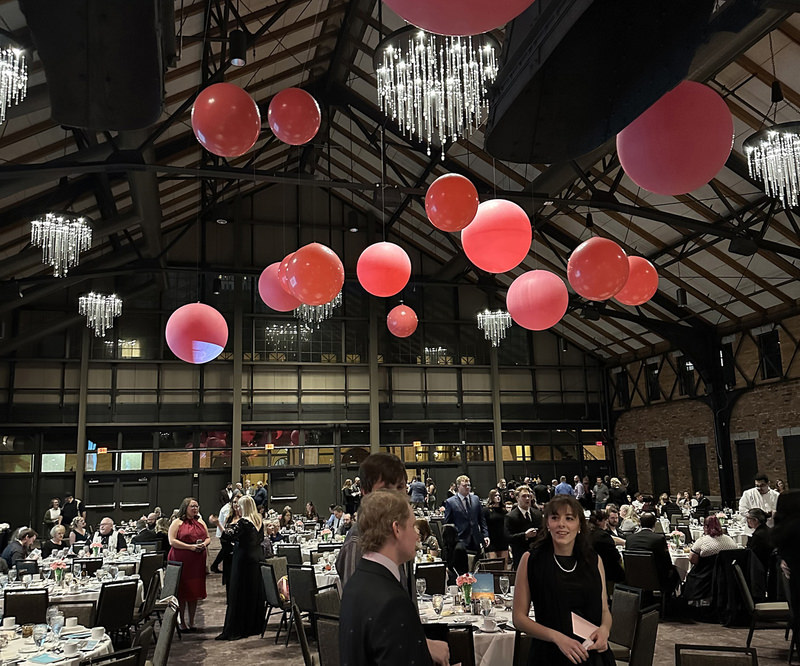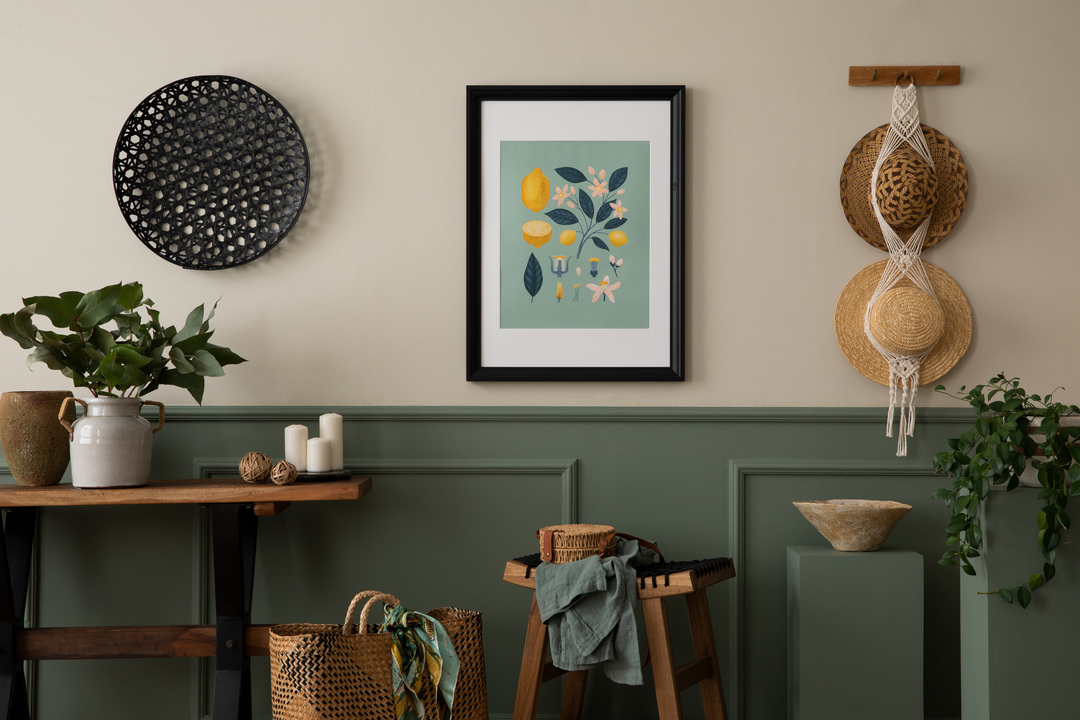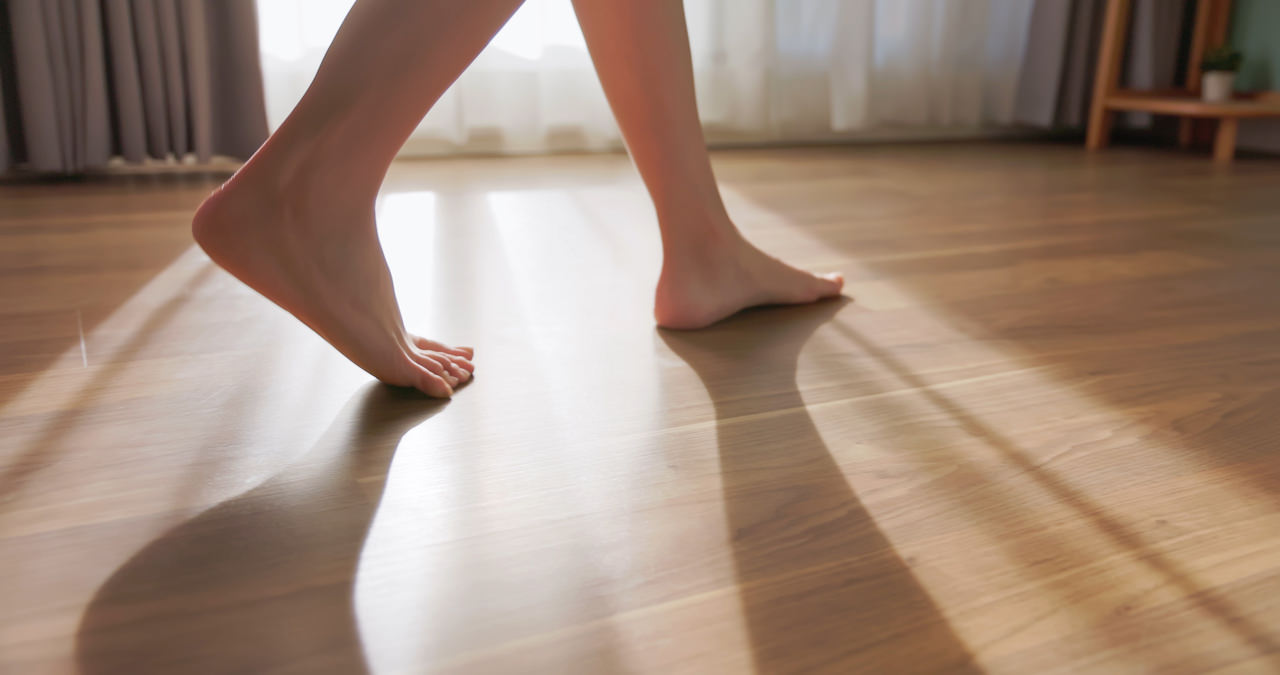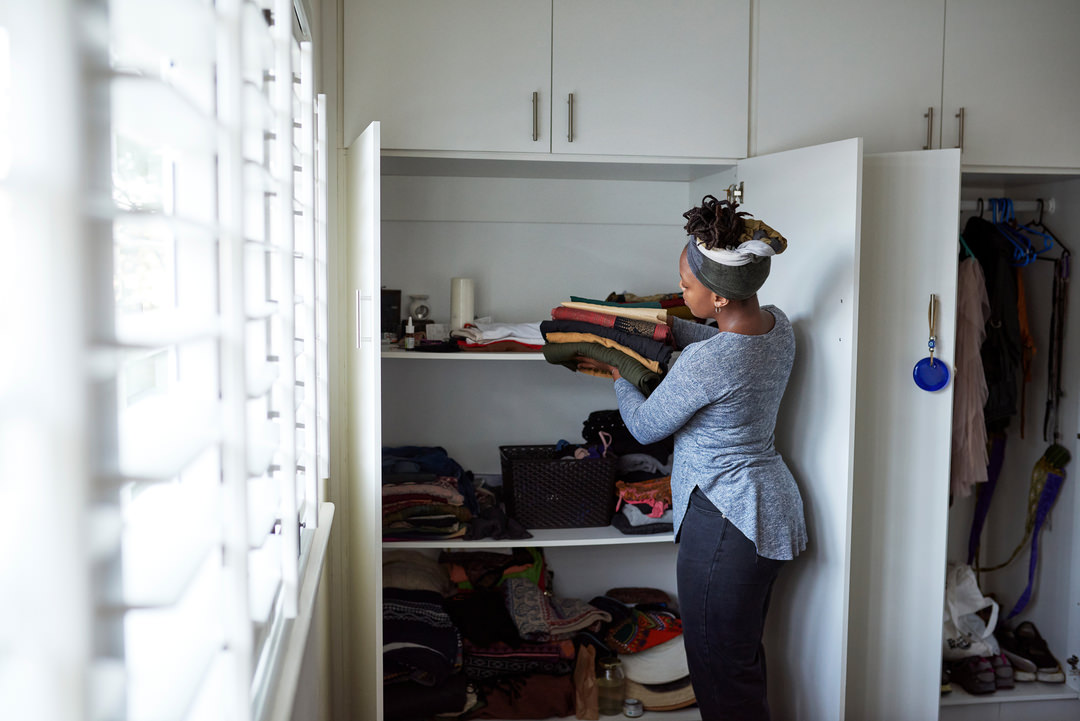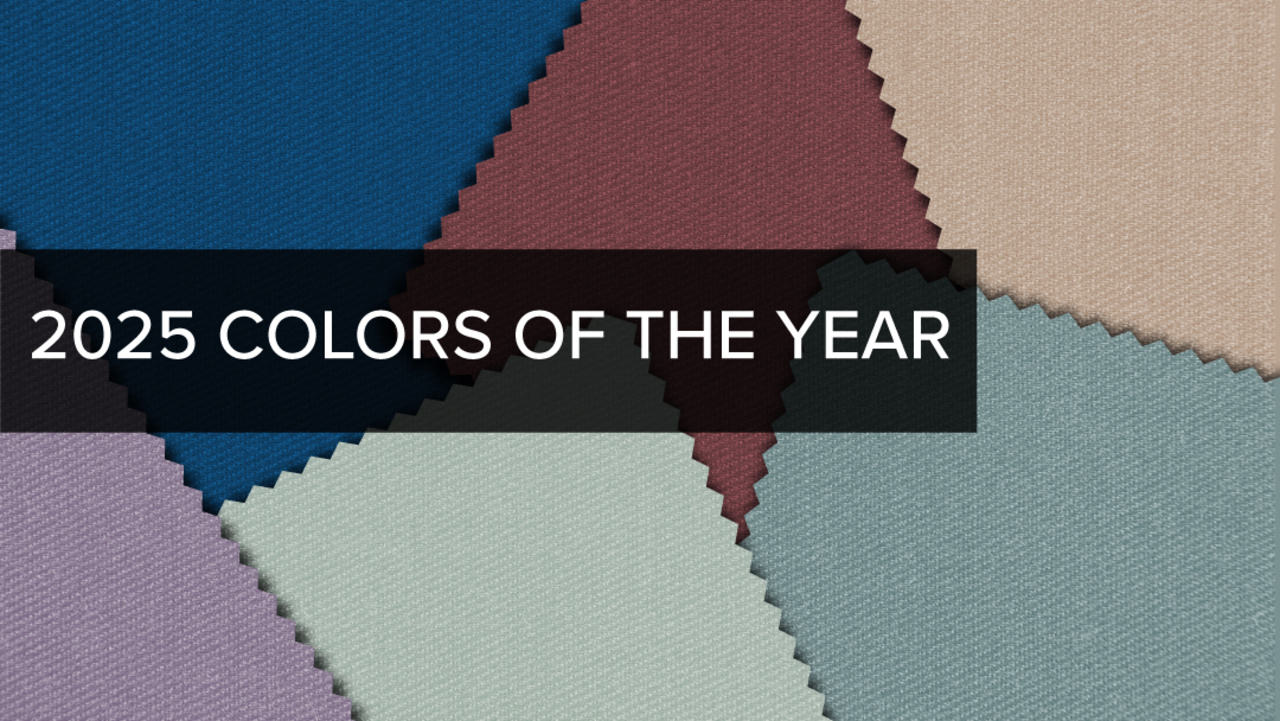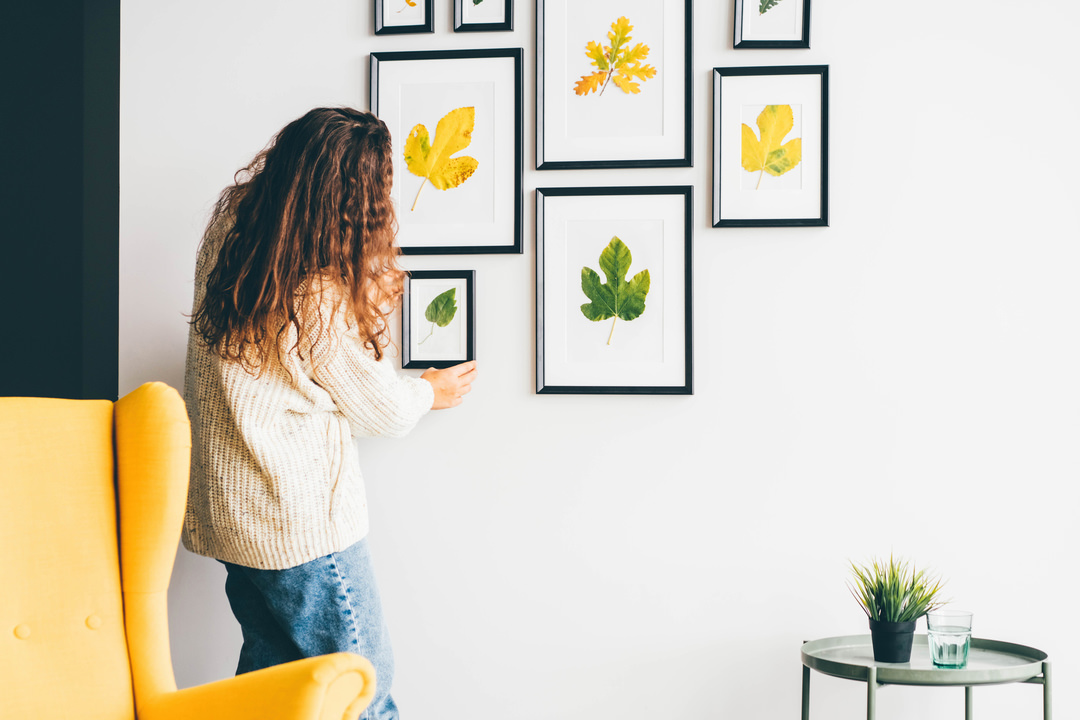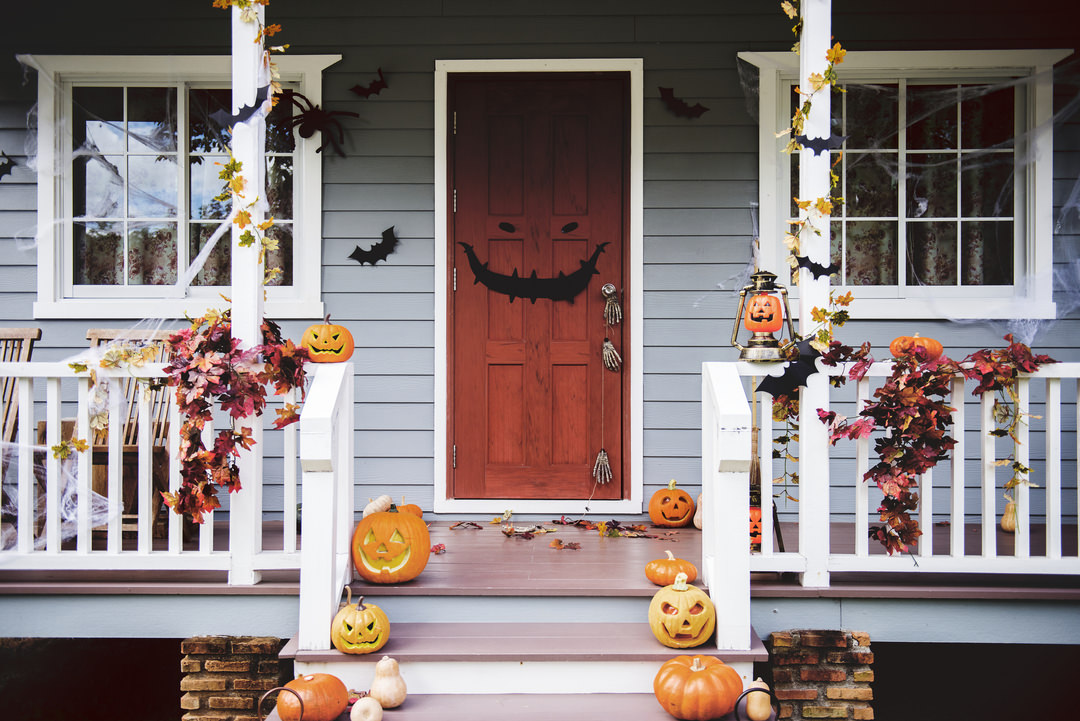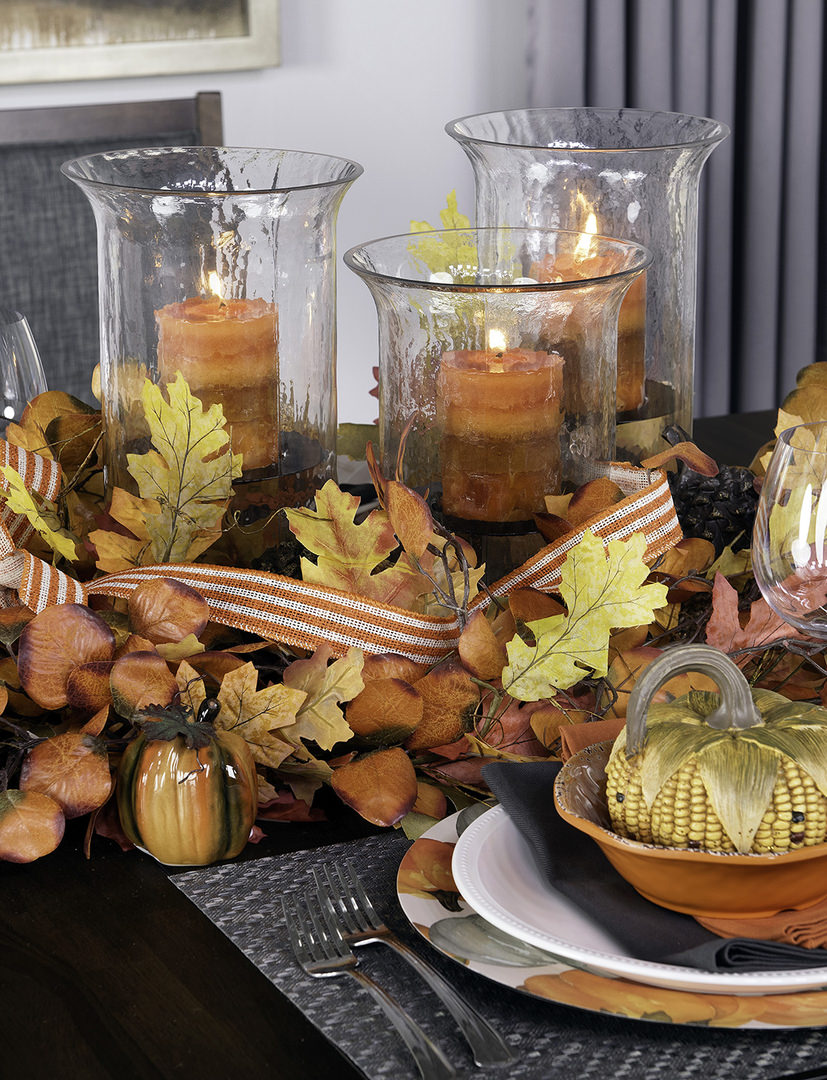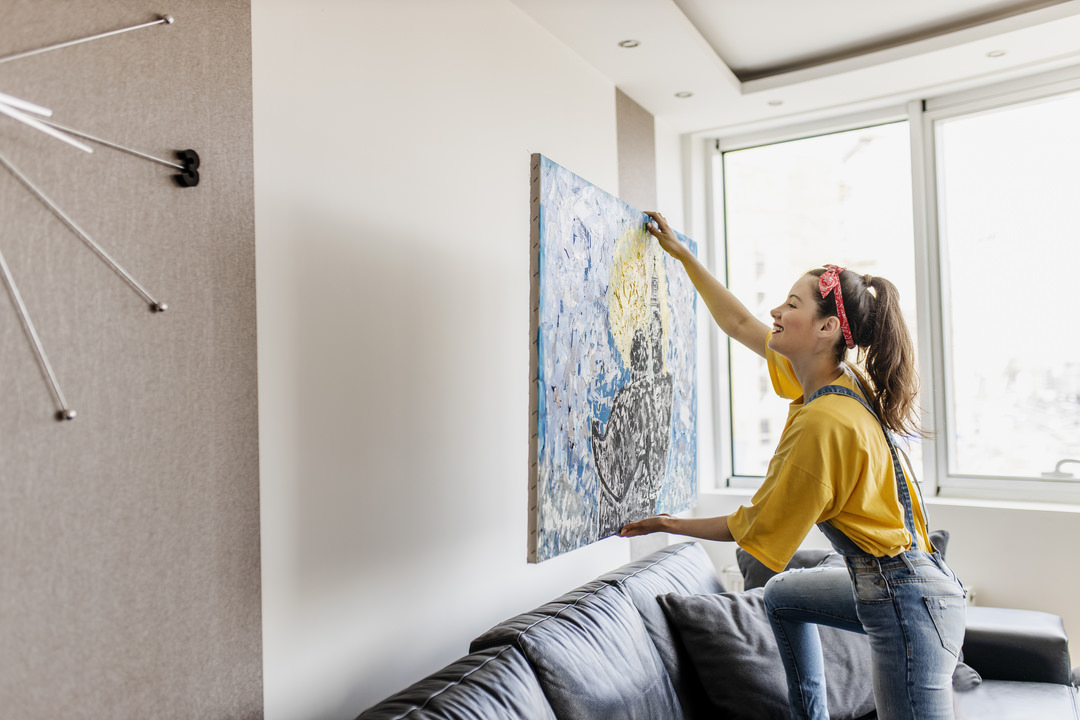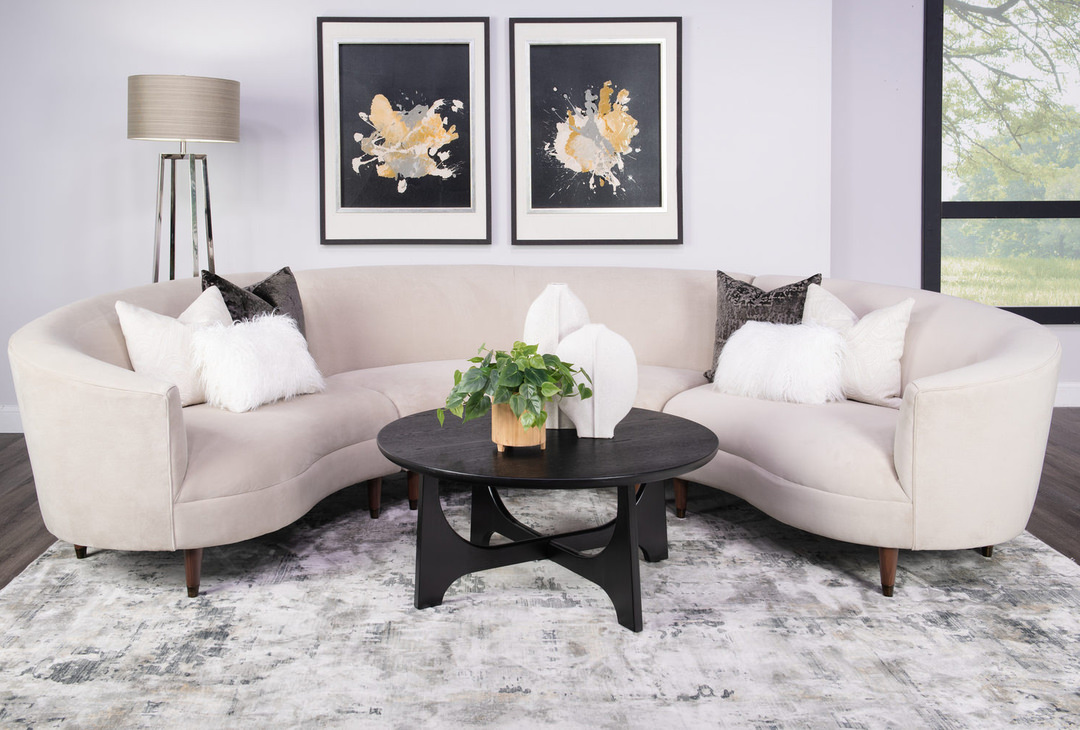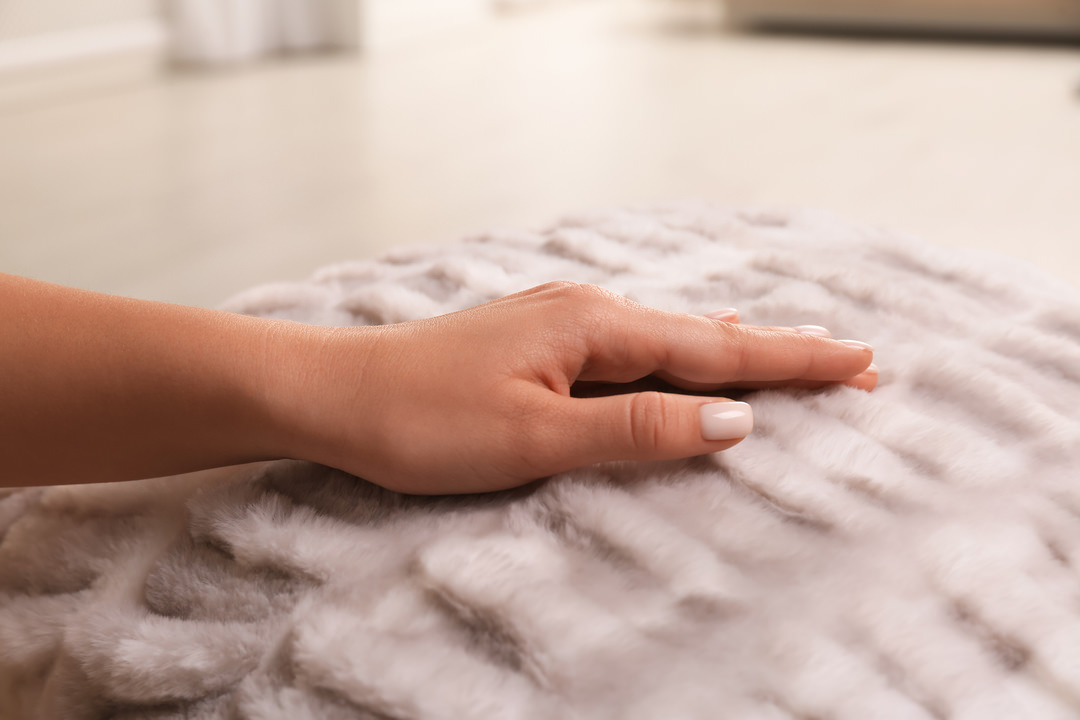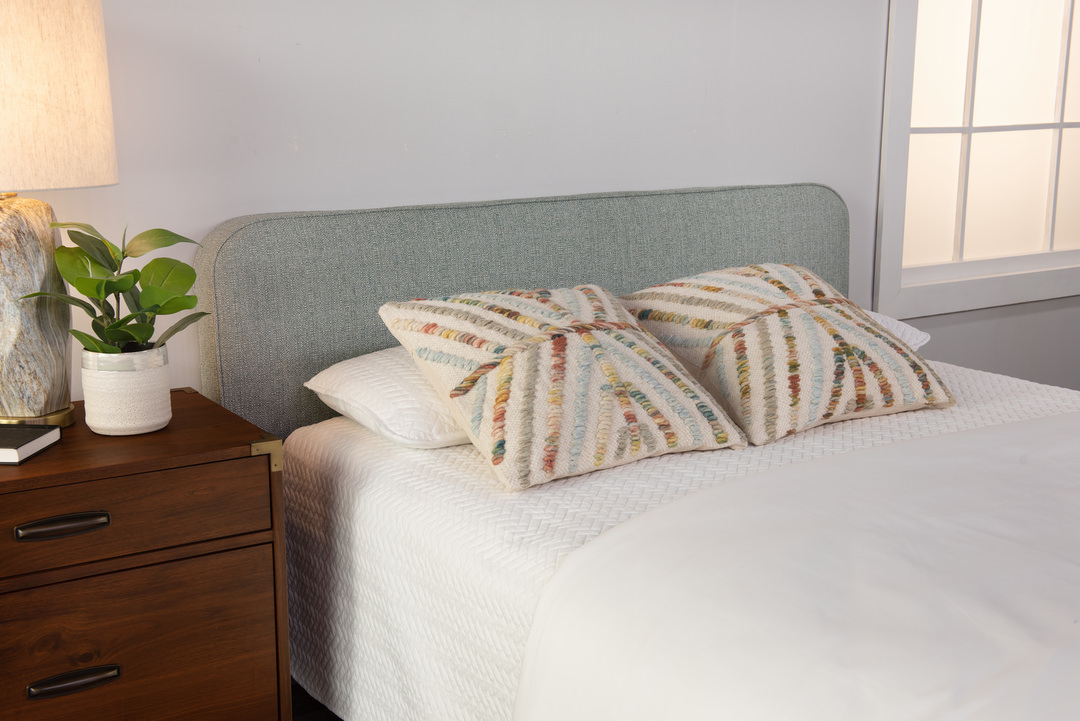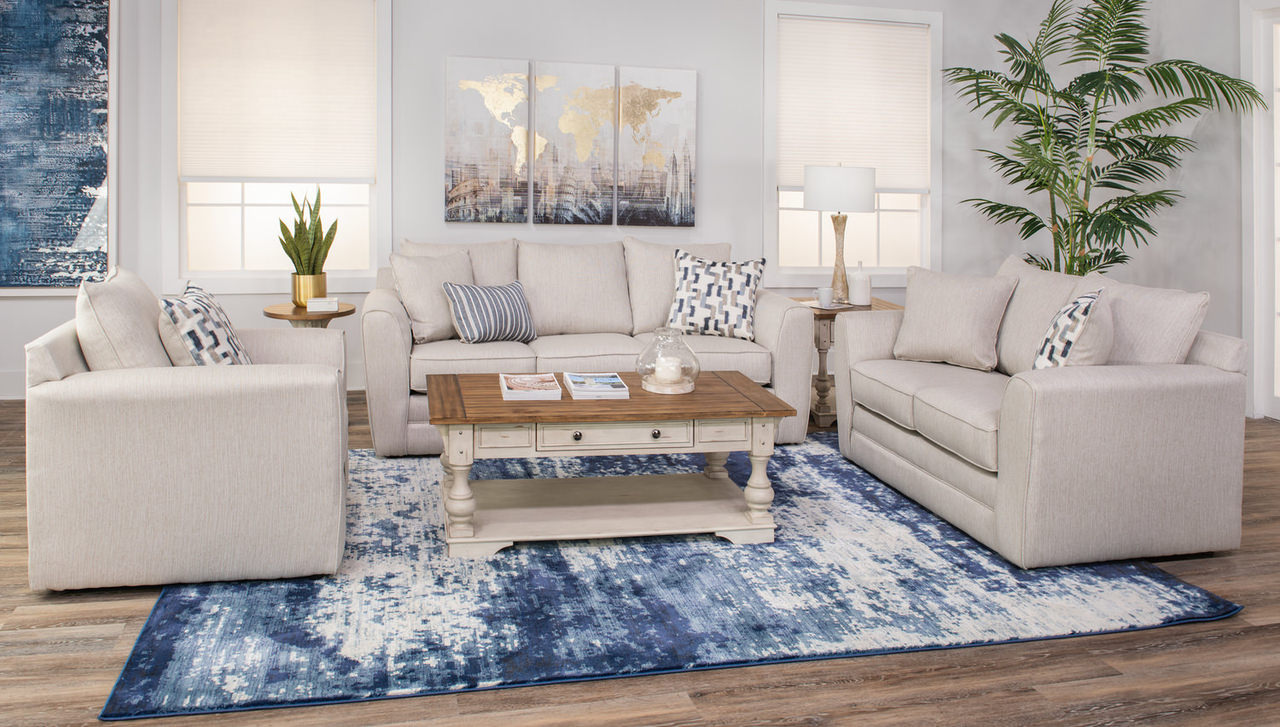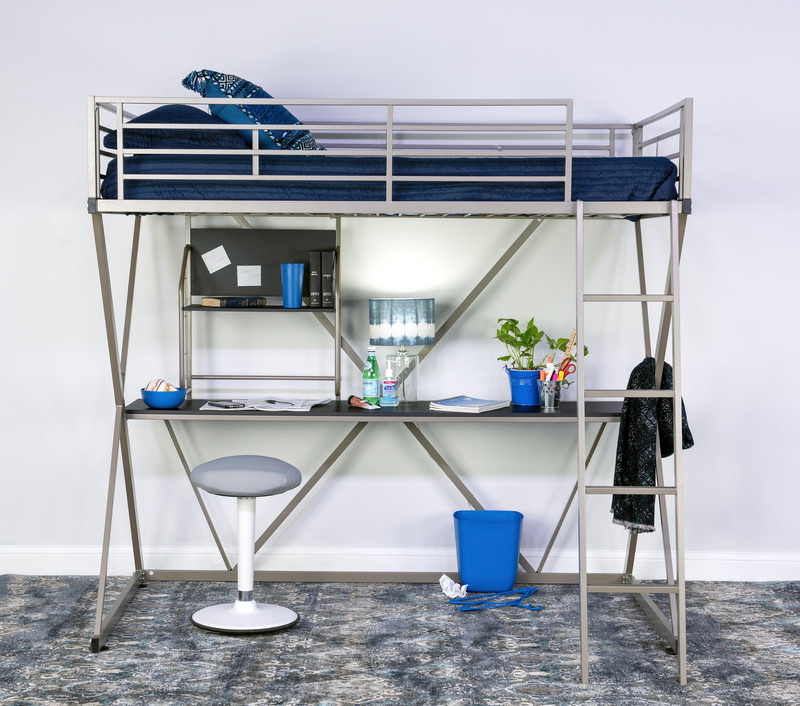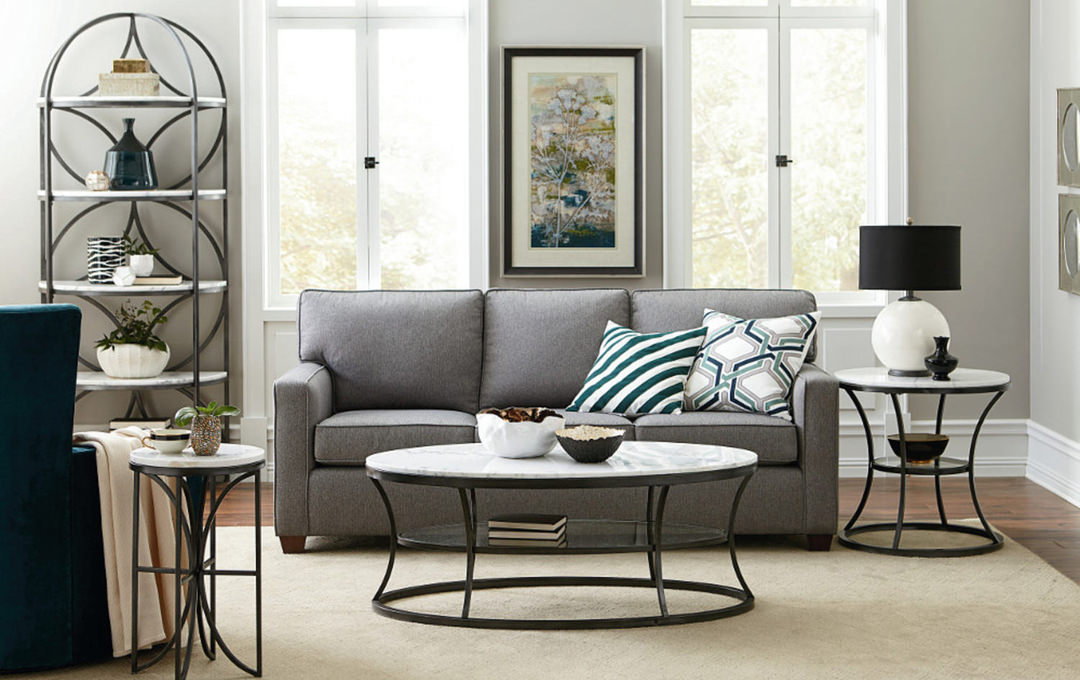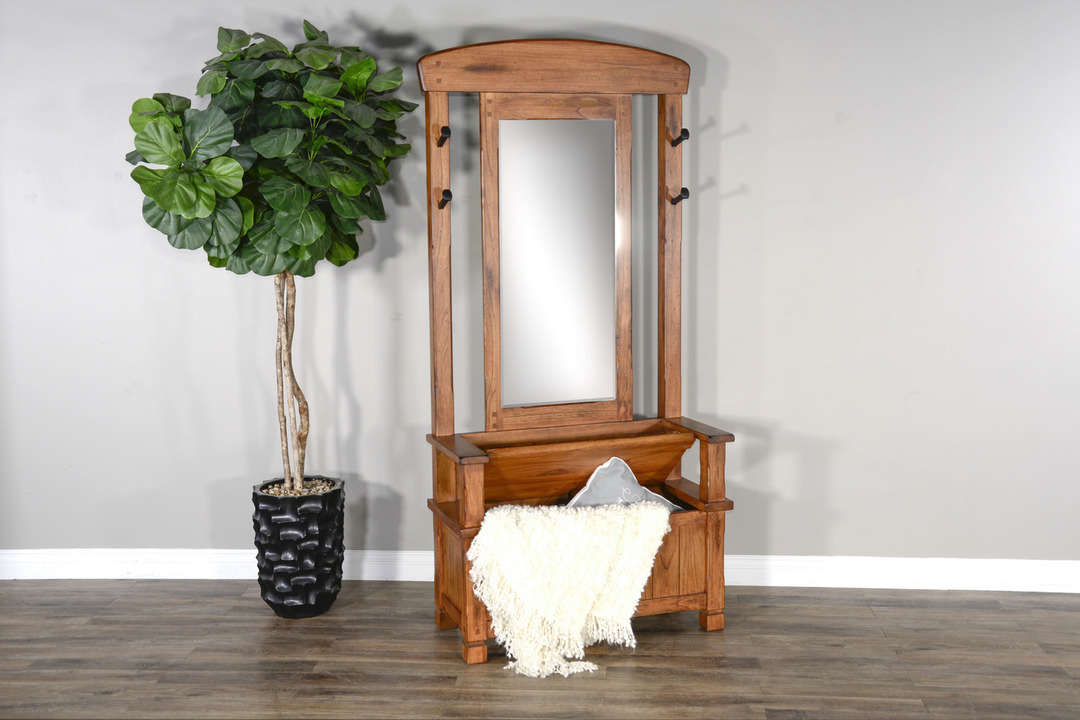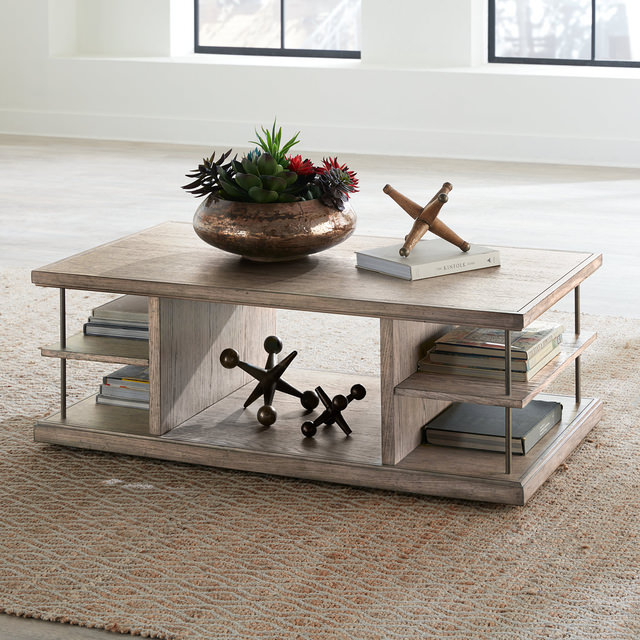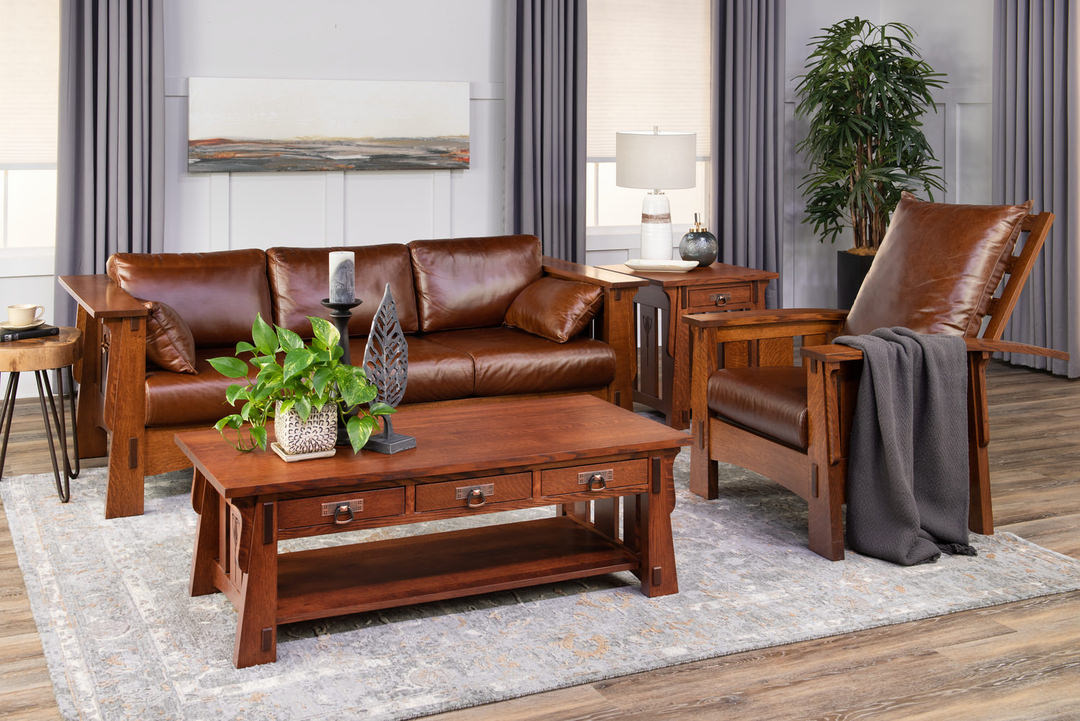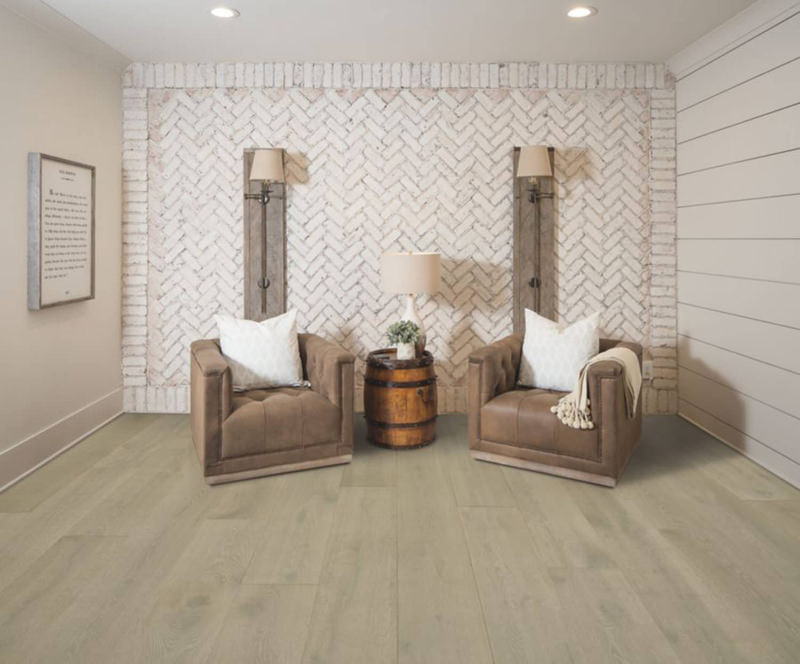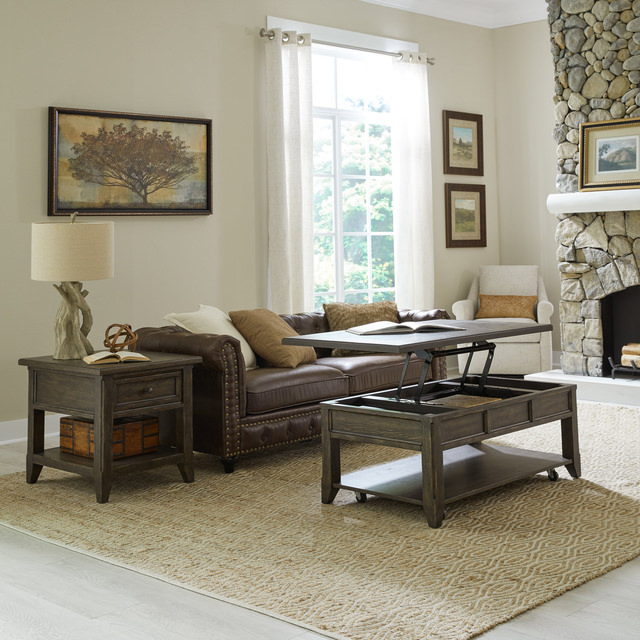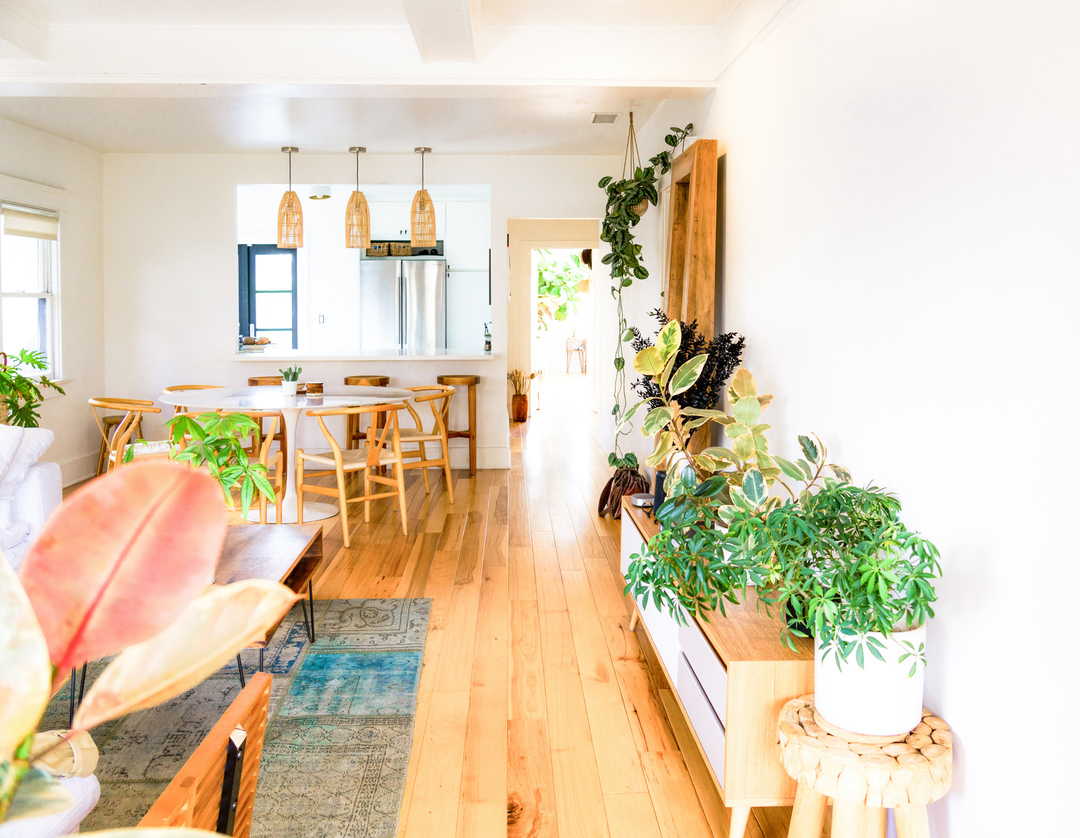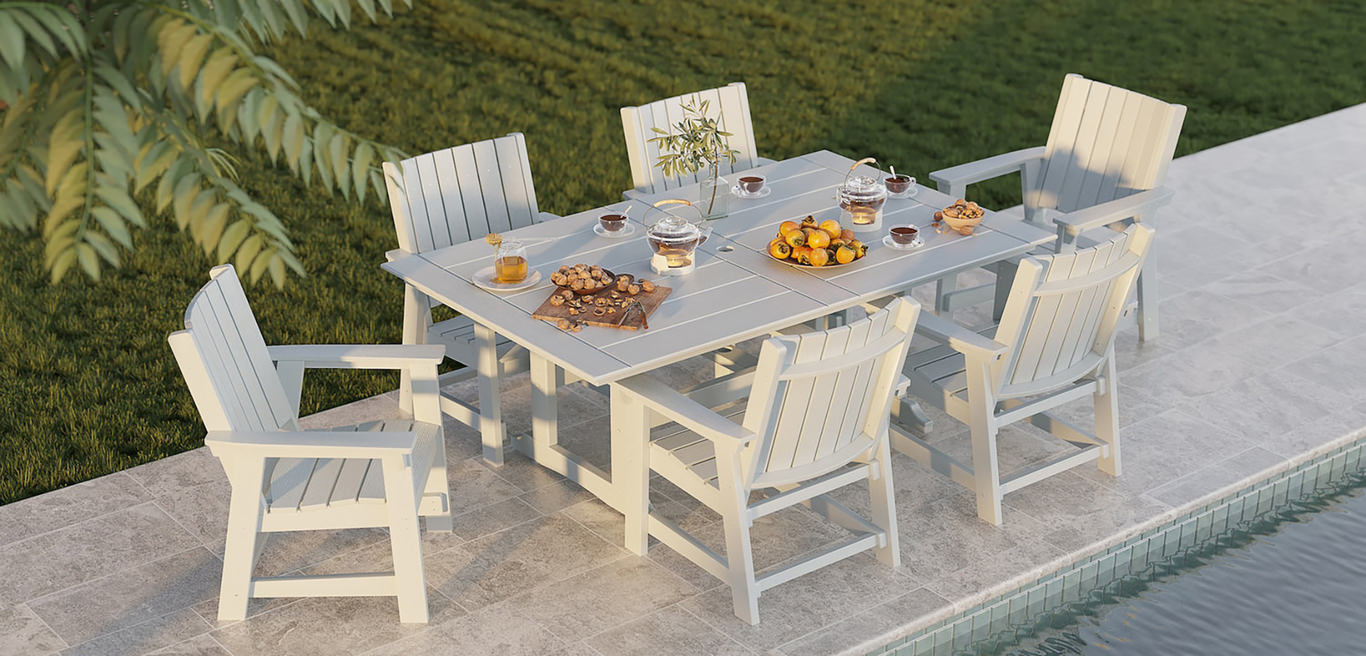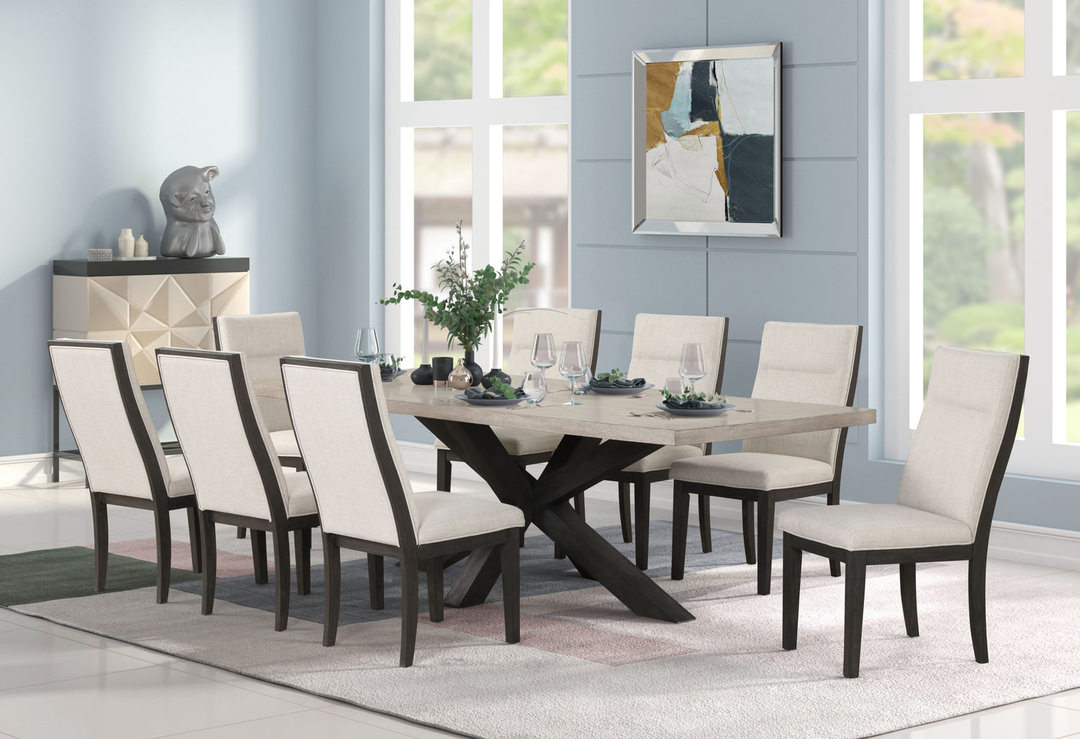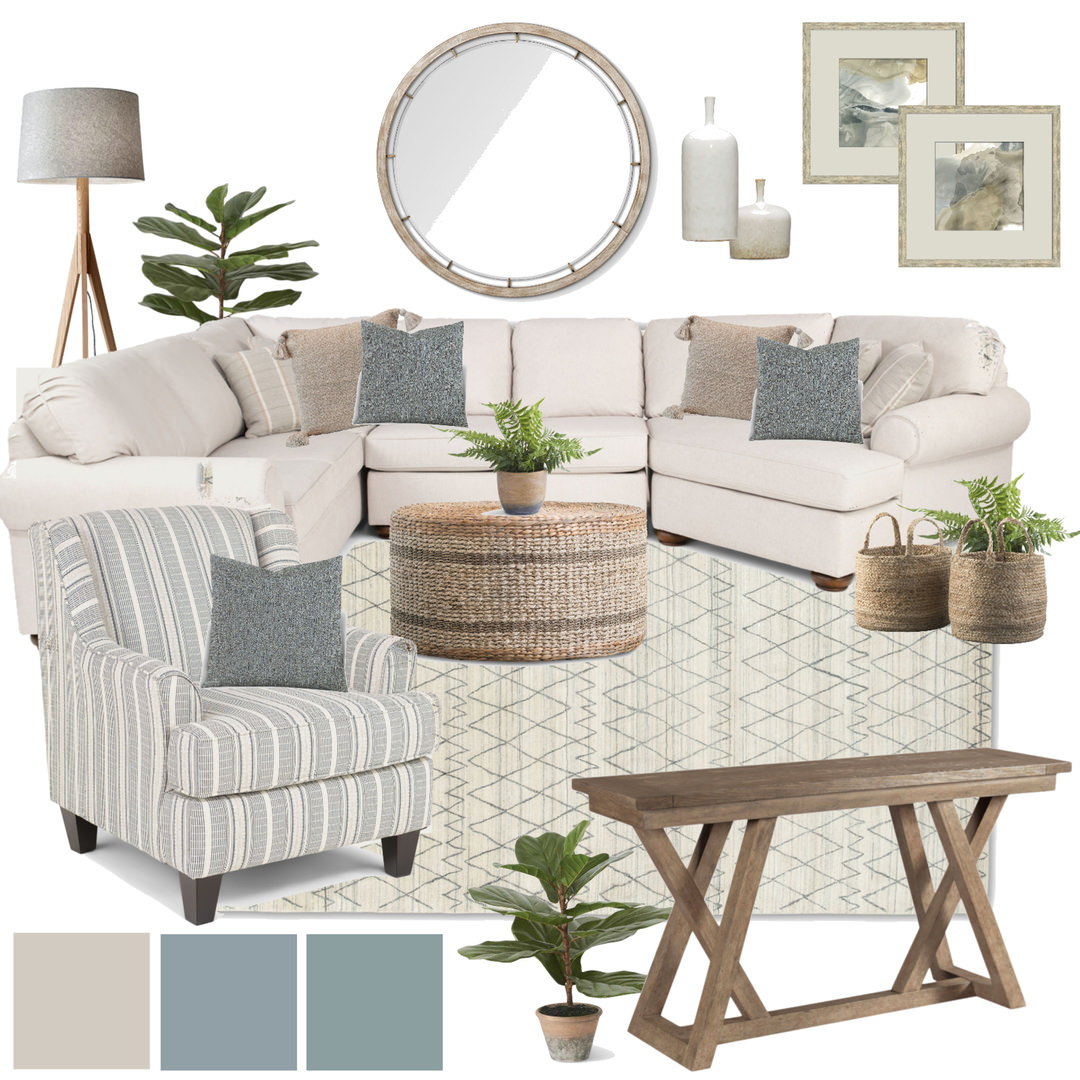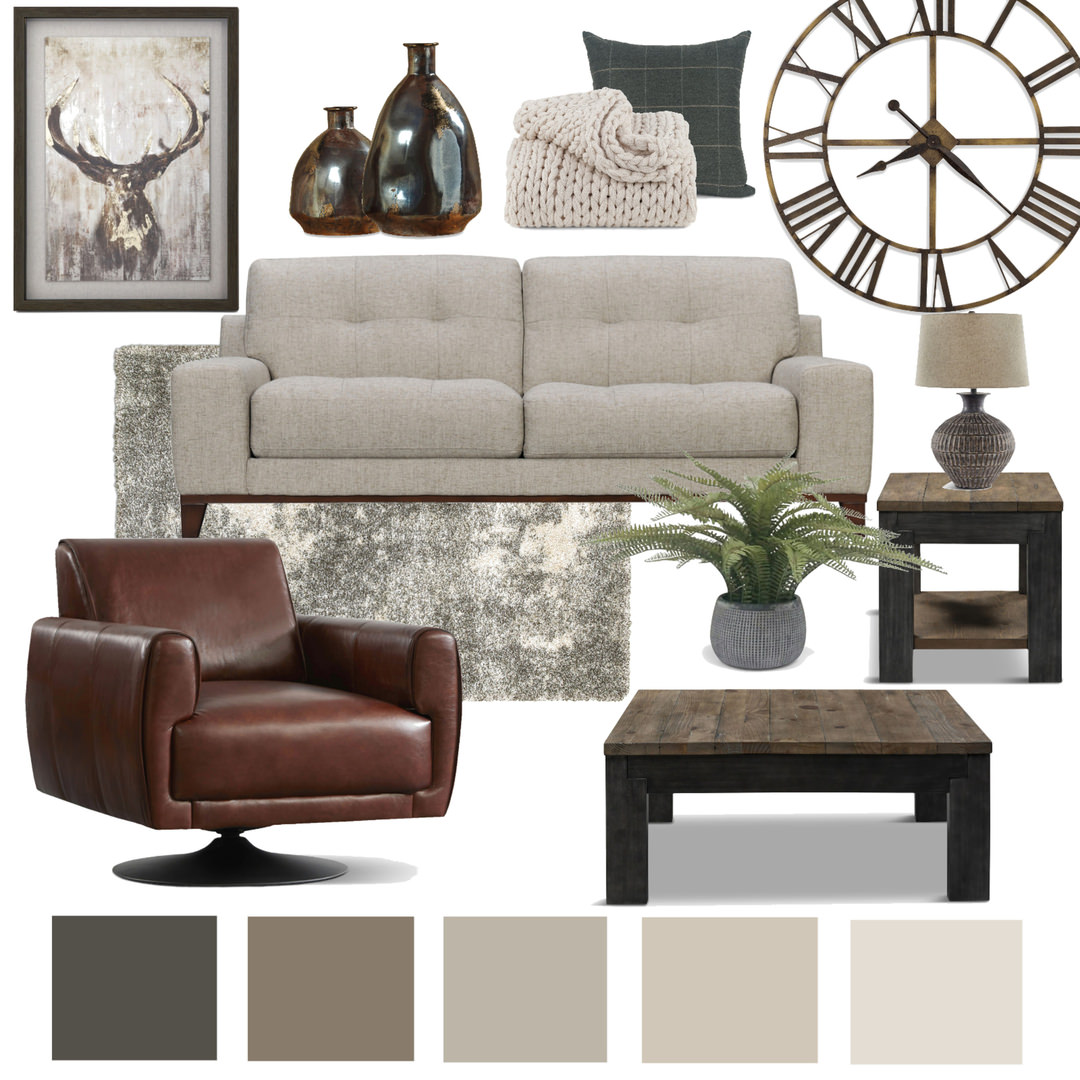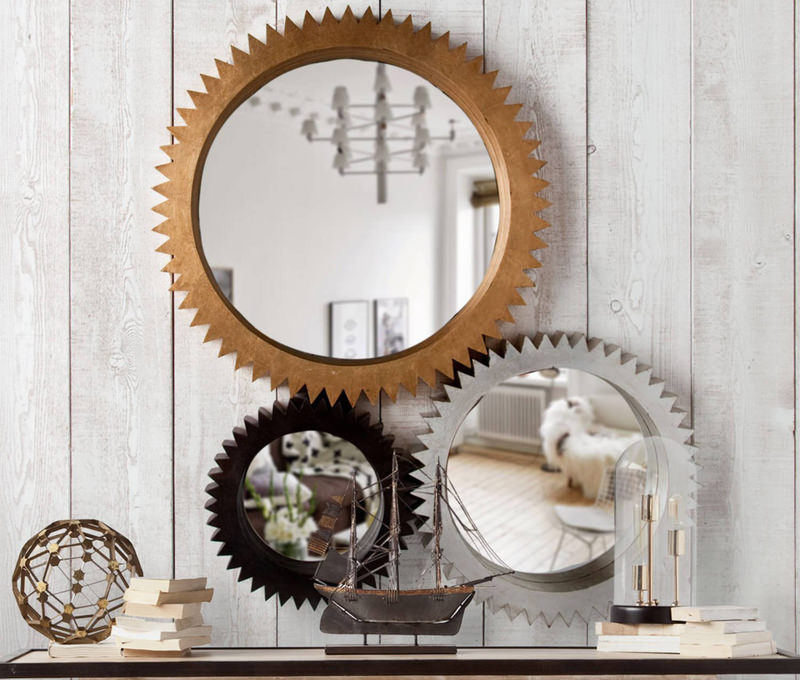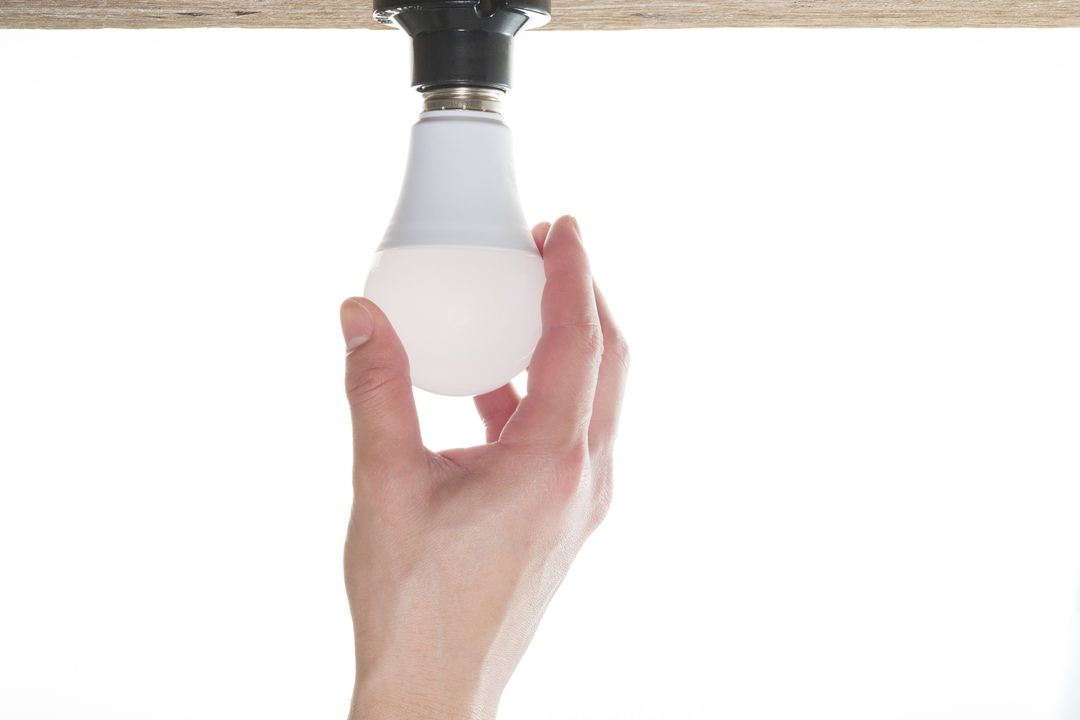Scandinavian Style
Bring clean, yet warm design to your home with Scandinavian style furniture and more.

When you come home from your hectic day of work, how would you like to step into a better world? A world of calmness and serenity where life is peaceful, natural and uncluttered. There’s an interior decorating philosophy that’s aimed at creating that kind of environment, and it’s inspired by a Scandinavian design aesthetic.
What is Scandinavian design?
Scandinavian design, or Scandi design, comes to us from the Nordic countries, particularly Sweden, Norway and Denmark, and it offers an affordable but comfortable way of living. It’s represented by the Danish word hygge, which is hard to translate but embodies coziness, pleasant times with friends and a sense of well-being. The trend started in the Scandinavian countries in the 1930s and began to find its way to America in the 1950s.
It’s a simple, uncluttered style and in many homes, has replaced the expensive and formal look. Scandinavian design features whites and light colors and strives for an open and airy feeling. A Scandinavian room won’t have too many pieces of furniture, and those that are present will have plain lines and may be made of natural materials. A sense of harmony with nature is key.
Stone, leather, metal and wood are the primary components. Both traditional and modern items are suitable to Scandinavian design furniture. The design philosophy, however, steps back from the severity that a modern style can sometimes express. It’s friendlier. It’s an indoor space that’s ever mindful of the outdoors.
Why should I consider Scandinavian design?
A well thought out Scandinavian room is clean and uncluttered yet still warm and inviting. It engenders a sense of calm and provides a zone to de-stress. It’s a place where family and friends enjoy pleasant sociability while the noisy workaday world is kept at arm’s length. There’s a sense that this is a space where you belong.
Scandinavian design has longevity. Trends such as rustic, industrial and eclectic take their turns being the “in” style, but Scandinavian has been a mainstay for more than half a century.
What are the elements of Scandinavian design?
While not all are found in every Scandinavian room, these are some of the defining features:
- Simplicity and lack of clutter. Not too much furniture. Abundant “negative space” not taken up by anything.
- White walls. They can also be a neutral color such as lighter brown or soft gray.
- Hardwood floors, with perhaps just a few well-placed area rugs as accents.
- Natural materials such as wood, leather, stone and metal.
- An emphasis on sunlight where it’s available. Curtains of light colors and lightweight materials, kept open or tied back in the daytime.
- Earth colors. Whites, grays, and browns with a touch of black.
- Color contrast provided by different shades rather than different colors. For example, multiple grays, browns or off-whites. However, an occasional dash of pastel such as pink or light green might show up on a pillow or other decor.
- LED lighting. Though it’s a relative newcomer to the Scandinavian mix, it most accurately mimics natural light.
What is Scandinavian style furniture?
Scandinavian furniture is typified by simple lines, either straight or with subtle curvature. Hardwood frames on sofa and chairs are common, and legs are usually exposed and either wooden or metallic. They tend to be straight or slightly angled but never ornate. Leather upholstery is favored. Silhouettes are unobtrusive and often low.
Whites, brown and grays are preferred colors, although there may occasionally be black. The overall feel of the furniture in a room could be described as “laid back.” Nothing jumps out at you but everything conveys a sense of being exactly where it needs to be.
What accessories and decor complement Scandinavian style furniture?
Arc lamps and pendants make excellent lighting choices, particularly if they are wood or metal. Copper is a good selection. LED bulbs best provide the natural-looking light that sets off the subtle furniture colors.
Warm textures are ideal for throw pillows and blankets. A bulky wool loose-knit blanket or a faux fur throw, for instance, expresses the Scandinavian homage to the outdoors.
Scandinavian home decor is restrained. There shouldn’t be too many items such as vases and bowls, and these should be simple and refined. Neutral colors are most common, though a splash or two of pastel can be a nice contrast. Anything that could be described as a knickknack or tchotchke should be eliminated. A simple vase with fresh greenery, or one or two green plants can be a good addition.
It you want to create an island of serenity in a frazzled world, Scandinavian design may be your answer. It’s unlikely to get old. After all, who gets tired of comfort and lack of stress?
